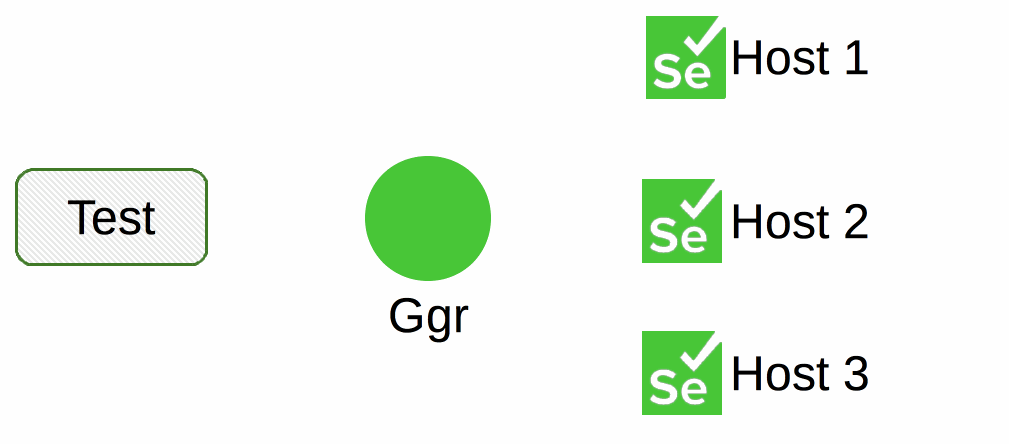Go Grid Router (aka Ggr) is a lightweight active load balancer used to create scalable and highly-available Selenium clusters.

To use Go Grid Router do the following:
- Install Docker to host
- Create configuration directory:
$ mkdir -p /etc/grid-router/quota
- Create
users.htpasswdfile:
$ htpasswd -bc /etc/grid-router/users.htpasswd test test-password
- Start Selenium standalone server on port 4445:
$ java -jar selenium-server-standalone.jar -port 4445
You can also start Selenoid instead.
- Create quota file (use correct browser name and version):
$ cat /etc/grid-router/quota/test.xml
<qa:browsers xmlns:qa="urn:config.gridrouter.qatools.ru">
<browser name="firefox" defaultVersion="59.0">
<version number="59.0">
<region name="1">
<host name="localhost" port="4445" count="1"/>
</region>
</version>
</browser>
</qa:browsers>
Note: file name should correspond to user name you added to htpasswd file. For user test we added on previous steps you should create test.xml.
- Start Ggr container:
# docker run -d --name ggr -v /etc/grid-router/:/etc/grid-router:ro --net host aerokube/ggr:latest-release
- Access Ggr on port 4444 in the same way you do for Selenium Hub but using the following url:
http://test:test-password@localhost:4444/wd/hub
Complete reference guide (including build instructions) can be found at: http://aerokube.com/ggr/latest/

